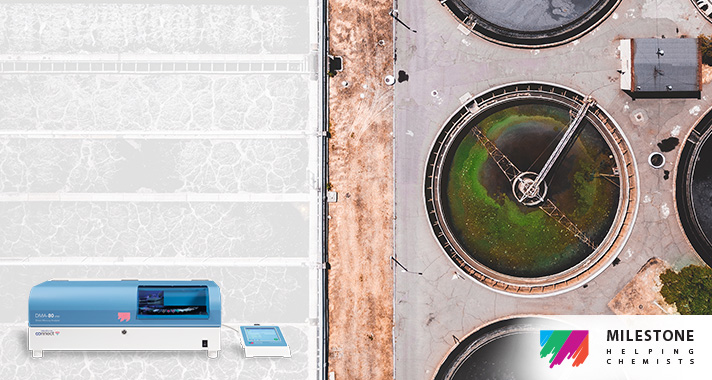Direct analysis of mercury in wastewater at 0.1ppb is possible in just 6 minutes with the DMA-80 evo. The DMA-80 is fully compliant with EPA 7473, is high throughput, requires no sample preparation and offers significant savings on cost and waste generated when compared with other techniques like cold vapour atomic absorption (CVAA).
Mercury is highly mobile in the environment
Mercury has historically been used in many industrial applications such as the generation of sodium hydroxide and chlorine gas and is commonly found in thermometers, barometers, fluorescent lamps, etc. Mercury is also released into the environment during the combustion of fossil fuels and is a heavy metal which is highly toxic and is known to cause damage to neurologic, gastrointestinal and renal systems in humans. Mercury is highly mobile in the environment and is prone to bioaccumulation in the food chain, especially when in the form of methylmercury. Mercury in aquatic environments bioaccumulates in larger fish species hence strict regulations are imposed on mercury levels in e.g. wastewaters.
Measuring mercury as in EPA 7473
Several methods exist for measuring mercury in environmental samples (Cold vapour AAS, hydride generation AAS or OES, ICP-MS, etc) however most of these require significant sample preparation and manual handling. An alternative method is described in EPA 7473 which may be used to analyse mercury in environmental samples down to sub-ppb levels with no sample preparation required. The Milestone DMA-80 evo is a direct mercury analyser which is directly referenced in EPA 7473 and was tested by the US EPA and shown to comply with the method. The DMA-80 evo does not require wet chemistry to form mercury ions and may be used to analyse solids, liquids and gases in ca. 5 minutes.
The sample is first thermally decomposed and a catalytic converter breaks down all compounds besides mercury which is trapped on a gold amalgamator. Once the sample decomposition and catalytic conversion is complete (3-4 minutes) the amalgamator is rapidly heated to release the elemental mercury into a gas flow path which passes through multiple optical cells of an atomic absorption spectrometer. The optical cells have different lengths to allow a wide calibration range of 3 pg to 1.5 mg with typical precisions of ca. 1%. Typical sample sizes for liquids are 100 – 500uL however larger sample sizes (up to 1.5mL) may be combined with preconcentration (up to 10 samples) to achieve sensitivity in the low ppt range.
Calibration curves were determined for the range of 0 – 1500 ng and a NIST standard was used to prepare a 0.1 ppb (µL/L) Hg solution which was then measured 5 times on the DMA-80 evo double-beam instrument. The average concentration measured was 0.107 ppb with a relative standard deviation of only 1.8%.
The results demonstrate the superior performance of the DMA-80 evo which delivers high precision while measuring mercury at very low levels in environmental samples in full compliance with EPA 7473. The method is suitable for wastewater, soils, sludges and sediments with a throughput of several hundred samples per day. The DMA-80 evo is available in a range of configurations to allow direct analysis of solids, liquids and gases depending on your analytical requirements.









